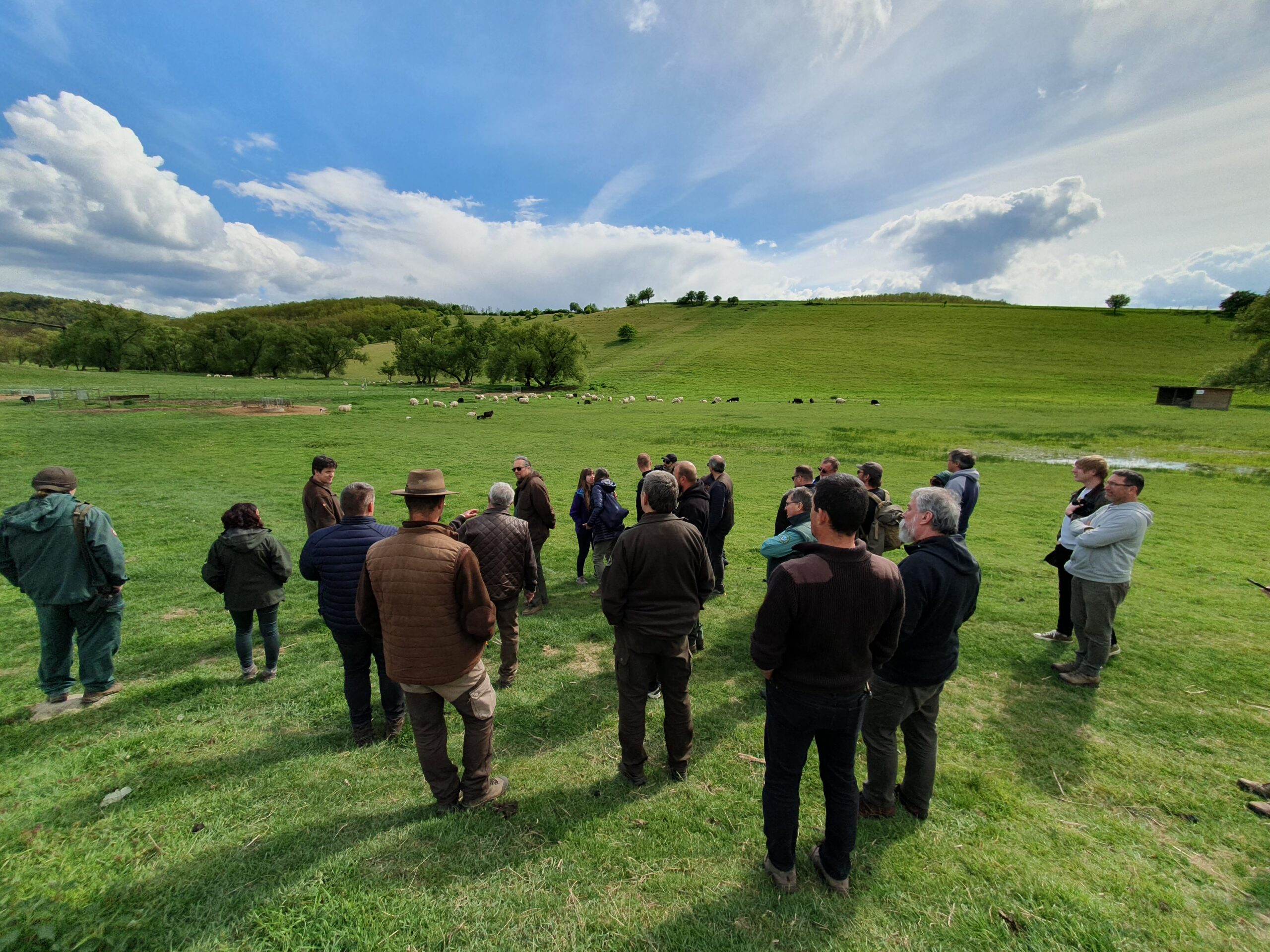The Slovak Karst—North Hungarian Mountains is the southest pilot area in our project, located between Slovakia and Hungary. Since there has not been a long history of collaboration between project partners in this area, it is even more important to establish long-lasting cooperation in this Carpathian territory. With this goal in mind, LECA project partners WWF Hungary and WWF Slovakia successfully organised the pilot kick-off and stakeholder meeting in Parádfürdő, Hungary, on 18-19 April 2024.
We invited hunters, foresters, livestock keepers, national park representatives, and stakeholders from academia and government to the event. We provided information on the population of large carnivores and the ways of coexistence between humans and large carnivores in this cross-border area. Participants also had the opportunity to share their experience and expertise in areas such as forestry, agriculture, hunting, and nature conservation.
During this two-day-long event, participants got to listen to talks and discuss topics relevant to the key pillars of the LECA project. The most resonant themes were the major challenges and concerns of different stakeholder groups, best practices of conflict mitigation, poaching, and the possibility of establishing a cross-border stakeholder platform. In their presentations, farmers from Hungary and Slovakia shared the best practices for conflict prevention and mitigation. However, one of the best parts of the meeting was the field trip! With our participants, we visited the farm of a sheep breeder in Mátranovák who successfully protects his award-winning flock with an electric fence and a large guard dog. This way, stakeholders could see the preventive measures in practice, they could see how they could work, and they could also talk to the breeder in person.
Another appreciated, long and lively discussion occurred after the presentation on poaching. It was clear that poaching is a highly relevant topic to stakeholders living in this area. In the experience of stakeholders, this illegal activity is unfortunately often linked to hunting associations. This represents a long-lasting problem between nature conservationists and hunters, impeding close cooperation. Is this really such a big problem that should create a barrier between stakeholders? Is this not just an established circle that needs to be broken in order to enhance cooperation? Perhaps we could find inspiration in our Hungarian partner’s good experience. WWF Hungary has been cooperating with the Hunting Association at Istenmezeje. In particular, the association operates camera traps provided by WWF Hungary to monitor large carnivores in the hunting territories in the Slovak Karst and North Hungarian Mountains pilot. This type of cooperation in monitoring large carnivores counts as unique in Hungary, and it could generally provide a good example to both national parks and hunting communities involved in the LECA project.
